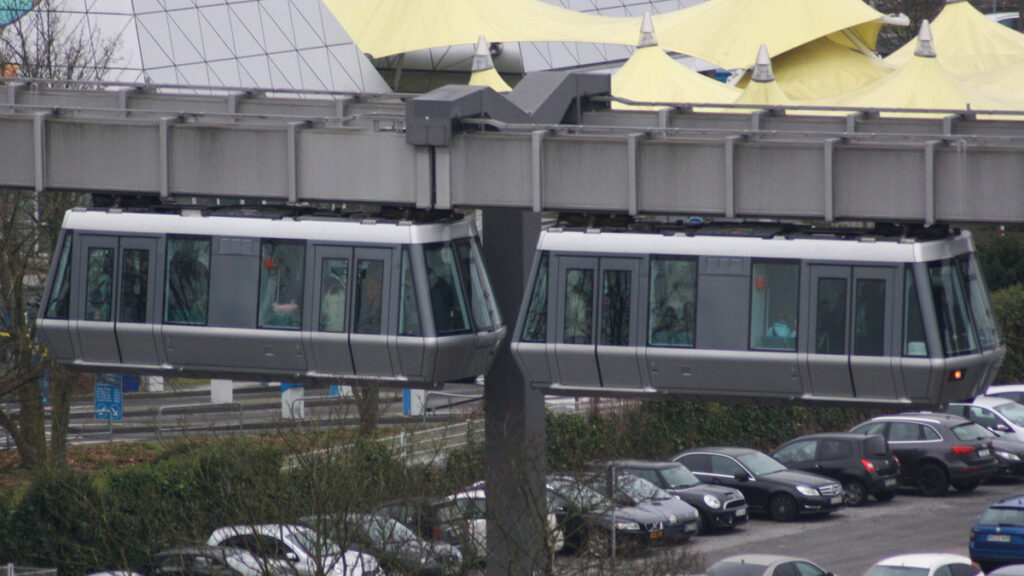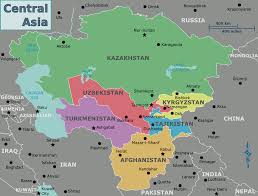
Introduction
The SkyTrain is more than just a mode of transportation in Metro Vancouver; it is a lifeline for many residents and a crucial element of the city’s transport infrastructure. Designed to alleviate congestion and promote public transit usage, the SkyTrain system has become integral to the bustling economy and community of Vancouver. As the city continues to grow, understanding the relevance and transformative impact of the SkyTrain is essential.
The Evolution of SkyTrain
SkyTrain first launched in 1985 with the Expo Line, initially serving the World Expo 86. Over the decades, it has expanded significantly, now featuring three main lines: Expo, Millennium, and Canada Line, all covering over 79 kilometers. By 2023, the SkyTrain carries around 250,000 passengers daily, providing a clean and reliable alternative to vehicular traffic. The system’s automated technology and elevated tracks minimize travel times, making it a preferred choice for commuters across the region.
Recent Developments and Challenges
Recently, TransLink, the organization responsible for the SkyTrain, announced plans for future expansions, including the Broadway Subway Project aimed at connecting the Millennium Line to West Broadway and arming residents with easier access to essential services and commerce. However, the project is not without its challenges, such as budget overruns and construction delays attributed to the ongoing impacts of the COVID-19 pandemic. Additionally, with increasing ridership, concerns about capacity and the need for more frequent service have risen, which TransLink is actively addressing.
Economic and Environmental Benefits
The SkyTrain’s role goes beyond passenger transport—it contributes significantly to the regional economy. By connecting neighborhoods and major hubs like downtown Vancouver, it spurs development and increases property values along its routes. Environmentally, it promotes a reduction in carbon emissions by encouraging the use of public transit over individual car rides, aligning with climate action goals for sustainable urban growth.
Conclusion
The SkyTrain system is a pivotal component of Vancouver’s urban landscape. Its continuous evolution signifies the city’s commitment to improving public transportation and sustainability. As we look toward the future, with expansions and upgrades ahead, the SkyTrain will undoubtedly play a crucial role in shaping Metro Vancouver’s urban fabric, facilitating economic growth, and enriching the quality of life for its residents.



